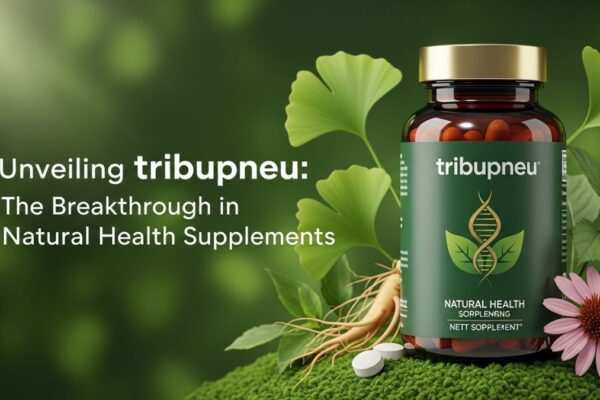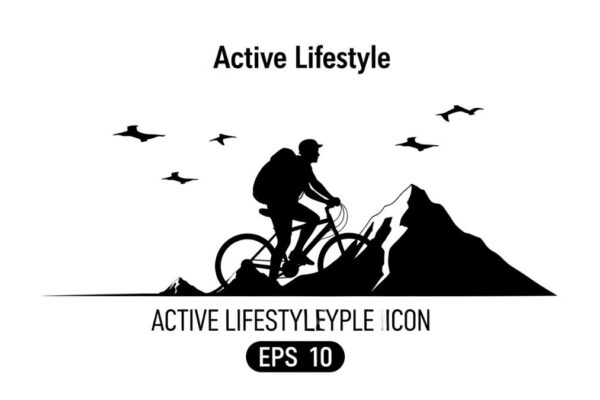Independence, Dignity And Safer Care At Home: How Hoisting Support Quietly Changes Lives

There is a moment that a lot of families and support workers know too well. That pause before helping someone move from bed to wheelchair. Or from chair to bathroom. You brace your body, check your footing, and the person being supported might tense a little, too, because one wrong angle and things can go badly fast.
And that is why conversations around a Hoist for Disabled setup are so meaningful, even though people sometimes shy away from them at first. It feels like a big step. It can even feel emotional, like admitting a change in mobility or independence. But if you spend time around disability support, you learn something quickly. Hoists are not a sign of losing independence. They are often the thing that gives independence back.
Safety first. Comfort too. Dignity above everything.
The Quiet Relief That Comes With Proper Support
I have seen it happen. The first time a person transitions using a Hoist for Disabled equipment safely, fully supported, without that tense breath or fear. There is relief in the room. You feel it. They feel it. The carer breathes easier, too. Everyone realises, alright, life just got a bit smoother here.
Because transfers are a big deal, they are physical. Emotionally sometimes. And in home care settings, transfers happen a lot. Morning routines. Bathroom support. Bedtime. One of the most significant risk points in support work is manual handling and lifting, which is precisely why a Hoist for Disabled system matters. It reduces strain on carers while giving the person being supported a gentle, safe way to move.
Independence Looks Different For Everyone
People hear the word independence and think it always means doing everything alone. But that is not the only kind of independence. Sometimes true independence is feeling in control, being safe, and choosing how you want to live, even if you use supports like a Hoist for Disabled when transferring.
I have met older Australians who cried when they first used one. Not out of sadness, but because it meant they could stay home instead of going into residential care. I have met people with lifelong disabilities who said it made their daily routine feel smoother and less tiring. And I have seen young carers breathe easier knowing their backs would not take another risky lift that day.
Tools do not take dignity away. Lack of access does.
Ceiling Hoists, Mobile Hoists, Travel Hoists
There is a whole world behind these systems. Each one serves a different need.
Mobile hoists for flexibility when moving around the home.
Ceiling track systems that glide smoothly from room to room.
Portable options for holidays or respite stays, because independence should travel with you.
When choosing a Hoist for the Disabled, it is not just about the equipment. It is about looking at how someone lives. Their home layout. Their energy levels. Their support network. Their goals.
I have seen tiny bathrooms turned into safe lifting spaces with thoughtful planning. And big homes become more accessible with just one well-placed ceiling track. The point is, with the right fit, a Hoist for Disabled setup becomes part of the home. Part of the routine. And slowly, part of what makes life feel easy again.
Emotional Side Rarely Talked About
Let’s be honest. Support equipment can feel intimidating at first. Some families worry about making their home feel like a clinic. Some people fear losing privacy when they need assistance. But over time, equipment like a Hoist for Disabled often becomes a symbol of empowerment rather than vulnerability.
It protects carers from injuries. It protects the person from falls. And more importantly, it reduces stress. That silent tension no one likes to talk about.
Once you remove the fear of a risky transfer, the rest of the day tends to feel lighter.
NDIS and Support Funding
Many families get overwhelmed by the funding side. It is true, navigating assistive technology pathways takes patience. Occupational therapists do assessments. Funding approvals follow. Sometimes there is a wait. But for many NDIS participants, a Hoist for Disabled is funded as essential assistive tech. Because staying safe and supported at home is not a luxury. It is a right.
And honestly, once it is in place, people often say, Wish we did this sooner.
Carers Deserve Care Too
Talk to any support worker or family carer and ask them about their shoulders. Their backs. Their wrists. Years of lifting and leaning catch up. And then what? An injury to a carer does not help anyone.
Introducing a Hoist for the Disabled early on can prevent so much strain. I have seen carers cry from relief knowing they can continue supporting someone without sacrificing their health. It is not a weakness to use equipment. It is wisdom.
Little Things That Add Dignity
Here is something small but mighty. A person being hoisted can choose their clothes without worrying if a carer will struggle getting them dressed. They can take their time. They can stretch, breathe, and feel secure.
Dignity is in the details. A Hoist for the Disabled just helps those details fall into place.
Life Gets Gentler
That is the simplest way to put it. A proper hoist setup makes movement gentler. It adds predictability. It gives the person being supported confidence to get through daily activities without fear of falling or hurting someone, helping them.
It is not dramatic. It is not loud technology. It is steady support.
Final Thought
Life with disability is not about limitation. It is about access. Tools. Choice. Respect. And for so many Australians, a Hoist for Disabled system from CHS Healthcare is part of that foundation. It brings independence in a way that feels real and lived in.
Every safe lift. Every smooth transfer. Every moment, someone feels supported instead of vulnerable. That matters.
So if you are a carer, a family member, or someone planning for your own mobility needs, do not be afraid of exploring hoist support early. It is one of those things that brings peace back into your routine. And we all deserve a bit more peace in daily life.
You may also like

Unveiling tribupneu: The Breakthrough in Natural Health Supplements

Unlocking the Benefits of glucosamax: A Comprehensive Guide

Leave a Reply